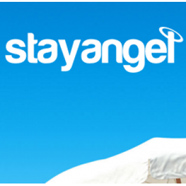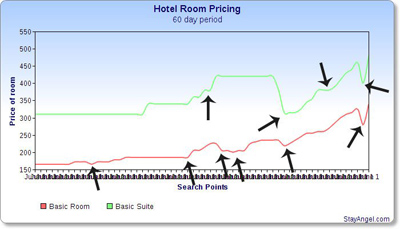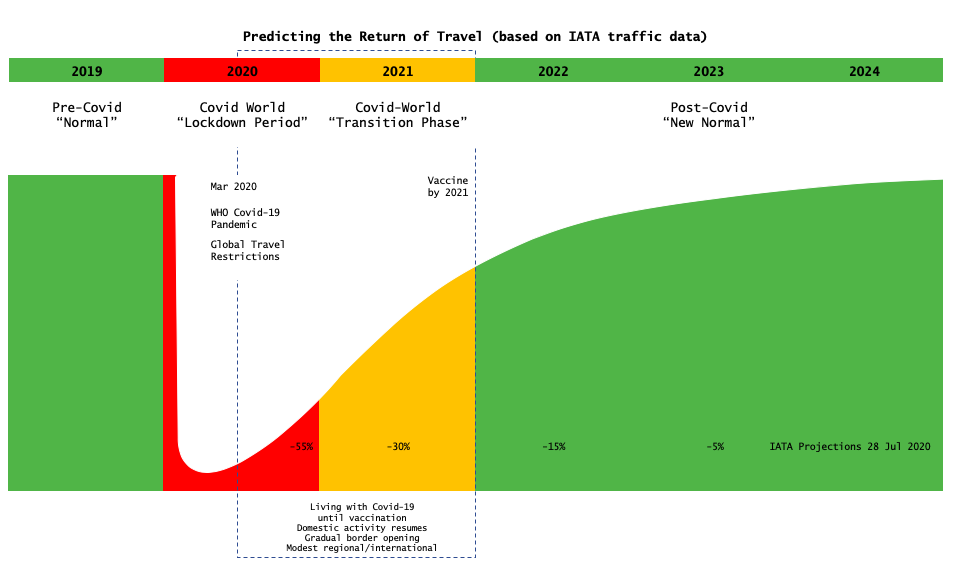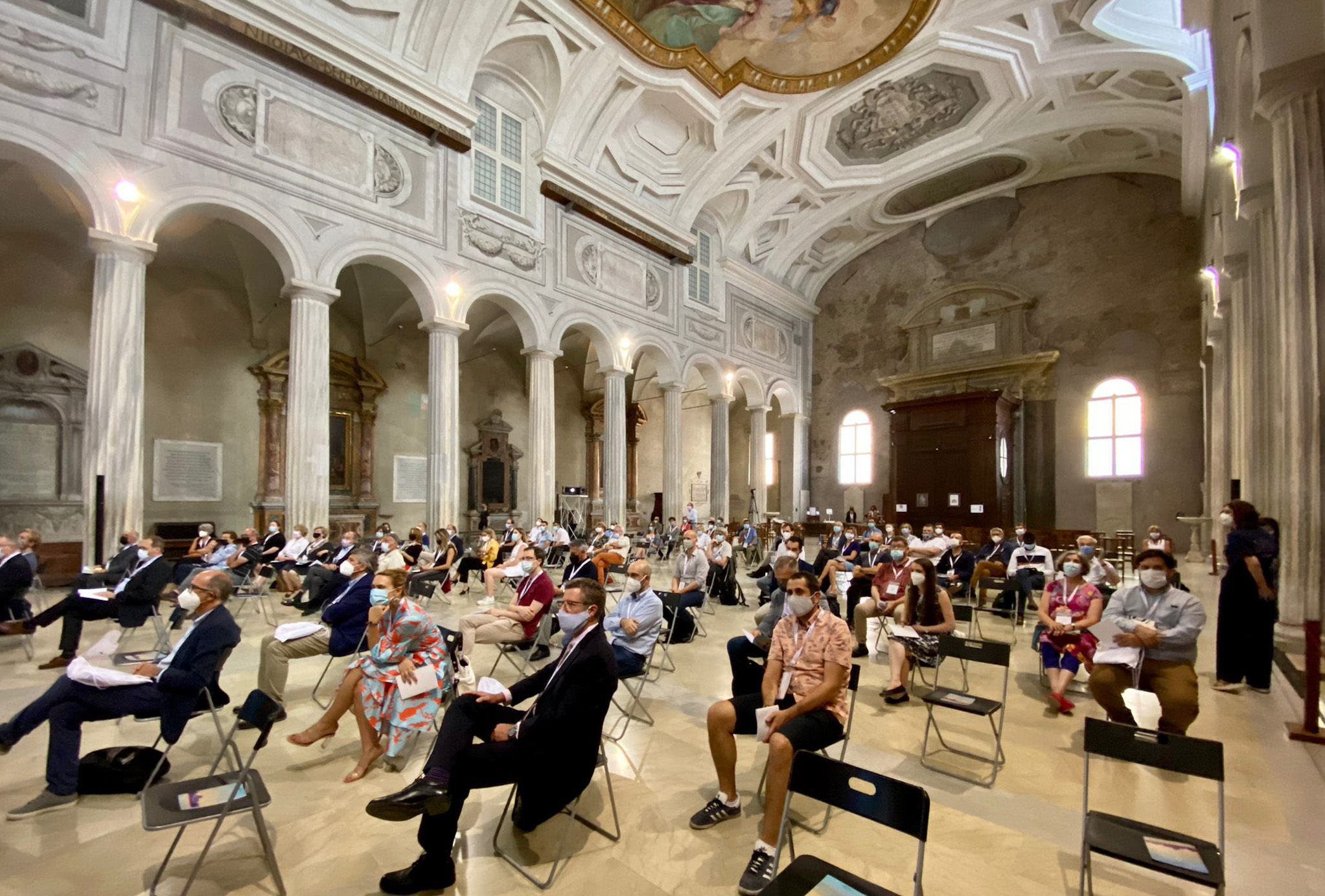In April, I made the tough decision to close the doors on my company StayAngel, a hotel venture that has taken two years of my life and more money than I care to think about.
 There are many reasons why StayAngel did not execute on the full vision, and I am under no illusions about the many other contributing factors which played a part towards the company’s failure.
There are many reasons why StayAngel did not execute on the full vision, and I am under no illusions about the many other contributing factors which played a part towards the company’s failure.
Ultimately, as the Founder, I’m responsible for the end result and being the ‘keeper of the vision’ as Steve Jobs famously said.
That being said, this article is meant to highlight one major problem we faced as a company. It was by no means the determining factor in success or failure, but it was important.
I outline the challenges we faced as a start-up in my letter to the member base in April.
Frustrating challenges
One of the most frustrating challenges faced by start-ups is landing the first major deal and StayAngel was no exception.
While we were fortunate to have cash flow from premium memberships it was never a long-term business strategy since it would require huge member volumes to remain sustainable due to the high cost of maintaining our technical infrastructure.
We were scraping data from multiple sources, multiple websites and if one property changed an HTML tag or colour it could break the entire script and we would have to recode it again.
Multiplied by hundreds of scripts and it is easy to begin to appreciate the degree of insanity this would bring a small start-up that had no external funding.
Hilton Worldwide
Early on, we identified our first client as the massive hotel chain Hilton Worldwide.
In fact — before starting StayAngel — I personally met with hotel managers, revenue managers, front desk staff, C-level executives, heads of departments, loyalty experts, marketing professionals and agencies (many of whom will read this and recall these conversations) as I travelled through Australia and Asia to understand regional differences.
The time invested into pre-StayAngel took months of learning. My goal was to understand the multitude of challenges faced at each individual touch point.
I had to understand how employees were being hammered by salespeople, what they did and did not like, I needed to know how guests booked and the underlying pros and cons associated with each aspect of the business.
Combined with my own experience — and knowing hundreds of frequent travellers from past businesses and online communities — I had a reasonable understanding of the landscape to move forward.
More coffees
Fast forward 12 months and after more coffees than any human being can handle , plus meeting with multiple stakeholders at almost every major hotel chain, we really struggled to get any type of official buy-in or partnership arrangement.
During this time we went through multiple pivots of the model in an effort to become more consumer friendly, more hotel friendly, distance ourselves from online travel agencies.
We were exhausting all options at a rapid rate.
Not to mention the fact that we were burning through cash attempting to raise funds to last until we had landed a hotel deal.
Despite already generating new revenues for Hilton, Hyatt and Starwood properties (we had contributed to more than 30,000 room nights on the books and more than US$4 million in booking value) without any type of formal relationship, StayAngel was essentially providing a value to three major chains for free.
We were on the hotels’ side of the equation
Our primary services were two core products that worked hand-in-hand to deliver results the hotels are not able to internally generate.
The first core product was called price alerts.
In March 2016, Hilton CEO Chris Nassetta told the magazine Travelskills: “Part of the reason hotel operators want to tighten up cancellation policies is the growth of websites that allow customers to search for better prices than the one booked, then cancel and rebook at the lower rate.”
He was speaking about a trial for Hilton to introduce a US$50 cancellation fee for call bookings. You can read the full extract here.
StayAngel was one of these websites in which Nassetta was referring, we helped facilitate rebooking guests at a lower rate in the same hotel.
The general industry sentiment among almost every hotelier we spoke with was price-drop sites were the scourge of the industry, hurting the hotel bottom line and these sites only wanted a quick buck through commission.
Problem is, StayAngel was always on the hotels’ side of the equation and we had developed a powerful product strategy that would deliver price drops to guests while bringing new revenue to the hotel that otherwise would never exist.
First, StayAngel members would forward their existing hotel reservations into StayAngel (both direct and online travel agency bookings) and if room rates dropped StayAngel would point the guest with a direct link to the Hilton website at the lower rate.
It essentially turned an online travel agency reservation into a direct booking and saved the hotel a heap of commission in the process.
Suite deals
The second core product intelligently analysed data to sell more suites.
As StayAngel was able to capture data points on members across their entire hotel-stay portfolio, we began to analyse trends on how much a guest might be willing to pay for a specific room they had already booked.
Based on factors such as a person’s history, similar guest profiles, if the stay was for business or pleasure, who was paying for the room, how far in advance the reservation was made, number of guests and, finally, flight information, we were able to source and match the data to a hotel reservation.
Armed with this treasure trove of information we could calculate how much each guest would have paid for a specific room.
Almost every time we found the amount to be up to 20 per cent more the hotel could have charged the guest. With the magic number of what the hotel could have charged the guest , we monitored executive rooms and suites at the same hotel on the same nights for price changes.
If the price for a better room dropped within a range we thought the guest would rebook, our member would receive an instant alert with details on the room, their current booking room/rate and the new room’s information.
We found that of the thousands of alerts sent out to members over a two-year period, almost 80 per cent of email alerts would be opened and actioned by the guest , resulting in the guest rebooking a higher room rate.
Below is an example of a hotel pricing over a 90 day period and the changes in rates over that time.
StayAngel was monitoring prices every step of the way and we highlighted when alerts were triggered to our member on this occasion.

I published an article earlier this year on this subject titled, ‘How Hotels Use Big Data to Generate New Revenues’.
But in reality, the title should have been, ‘How Hotels COULD use Big Data to Generate New Revenues’.
I practically gave away all the IP at no cost to the greater hotel data analysts and yet our tiny start-up was able to outperform massive global hotel chains at their own game.
These products had obvious benefits of providing the hotel with new revenue while also turning the guest post-booking dead zone (the time between booking and arriving at the hotel) into a hugely positive experience.
Guests get the room they actually wanted at a price they are happy to pay and the hotel takes in more revenue for doing next to nothing.
A cool US$2.5 million
The flow on effect of rebooking in a higher room category is it also frees up a basic room inventory to be sold again — thus multiplying the RevPAR (Revenue Per Available Room) further.
Interestingly enough , very few StayAngel members would rebook their room to take advantage of price drops, suggesting that our hotel guests were more interested in value over price. This is music to your ears in any business.
Finally , combining all this banked revenue we helped hotels generate — and taking into consideration how we could have grown our member base over the coming year — I estimate StayAngel closing its doors will cost Hilton around US$2.5 million over the coming year.
Sure US$2.5 million is nothing in the big scheme of things, but the impact we could have made through formal partnerships would have further magnified the revenue impact with the extra couple of zeroes on the end.
More importantly, it would have also kept me in a job I loved — finding new paths to high revenue streams through product innovation.
But as they say in the startup world, time to learn and move forward towards the next big thing.


